
OR
Public schools fare badly in SEE results
Published On: June 28, 2019 07:50 AM NPT By: Republica | @RepublicaNepal
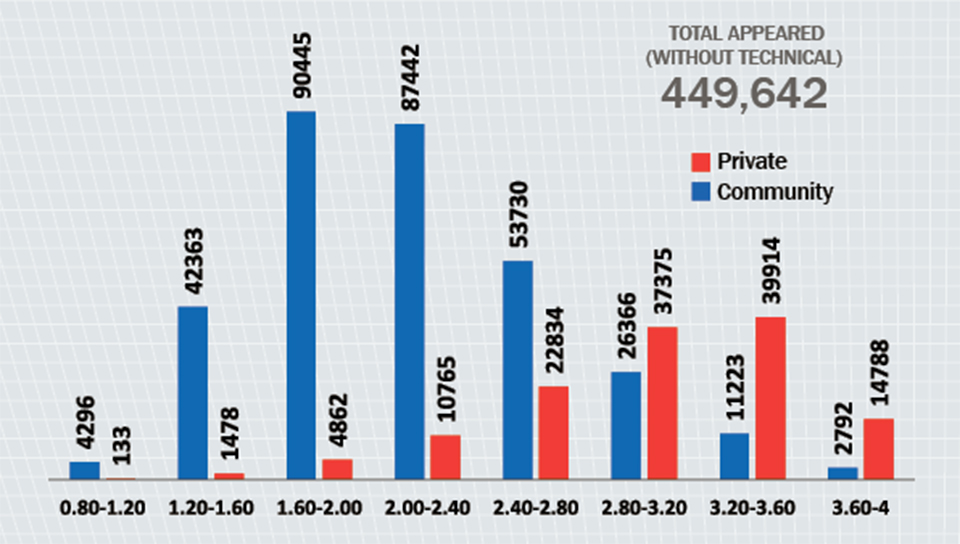
KATHMANDU, June 28: The performance of public schools continues to remain dismal despite decentralization in the education system, the Secondary Education Examination (SEE) results for 2075 show.
The local bodies have been managing public schools since 2017. Their involvement had raised hopes of improved scrutiny of teachers and enhancement in the quality of teaching.
Two years on, the results show public schools lagging far behind the private schools in terms of the grades scored by students.
Public schools account for only 15 percent of students securing GPA 3.60 to 4, or A+, while they make up a whopping 92 percent of those securing GPA 2.00 to 2.40, or C, or below. Grade A+ is considered extraordinary, while C+ is considered average. Grades below C are considered below average although these wouldn’t prevent students from pursuing higher education.
The results point to a widening gulf between public and private educations. Deteriorating quality in public school education has long been an issue. But many had expected the situation to change after the local bodies were handed the responsibility for managing public schools.
“Some exceptions aside, the local bodies’ involvement in education hasn’t been satisfactory. We are yet to see them prioritize education,” said Rajendra Dahal, the editor of Shikshak a monthly magazine on education.
Experts, however, said it was too early to expect change in a system that has been dysfunctional due to years of negligence.
“Although the constitution has authorized the local bodies to manage local schools, they have not managed to do so,” said professor Vidyanath Koirala.
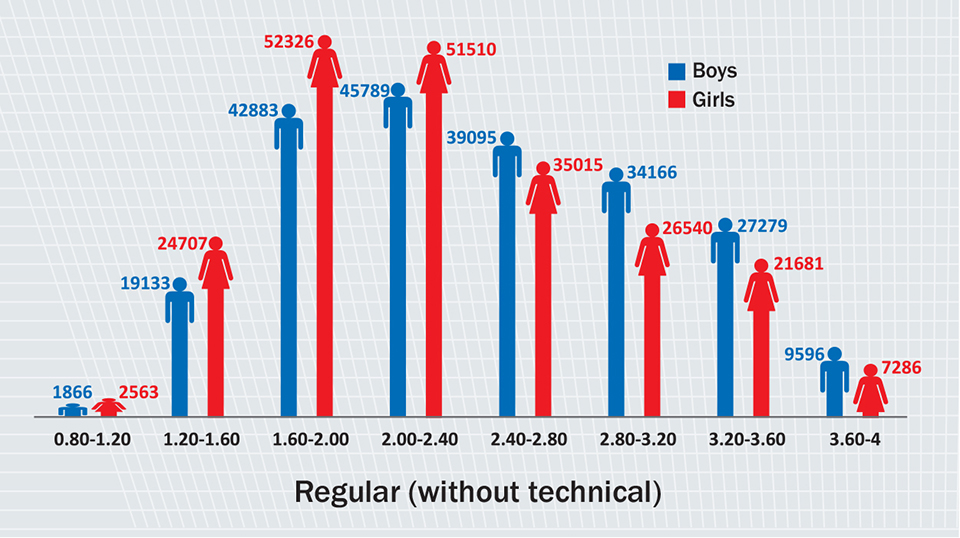 Regular (without technical)
Regular (without technical)
Out of a total of 459,275 students, public schools accounted for 70.84 percent of those appearing in the SEE exams. Of these, 51,137 scored GPA 3.20 to 3.60, the second best grade. Students from public schools make up slightly over 21 percent of those scoring grade A.
Similarly, around 41 percent of the 63,741 students scoring 2.80 to 3.20 were from public schools.
The results paint a grim picture of public school education across the country, particularly in Province 2, Karnali and Sudur Pacchim.
The data also shows shocking gaps in the quality of education among the seven provinces.
Province 3 has outperformed all other provinces in term of exam results. Over 57 percent of students scoring GPA 3.60 to 4 are from Kathmandu. Karnali Province, on the other hand, accounted for only 0.83 percent of those scoring the highest grade.
A total of 475,003 students appeared in the SEE across the country whereas 35,624 appeared in the exam in Karnali.
Dahal, the magazine editor, said the provincial government’s apathy toward education was showing in the results.
“The provinces have been pouring all its energy and resources into building roads,” said Dahal. Education quality will change only if the government works to ensure textbooks arrive on time, improve the curriculum and motivate the teachers.
Students have to secure between 90 to 100 marks for A+, 80 to 89 marks for A, 70 to 79 marks for B+, between 60 and 69 marks for B, between 50 and 59 for C+, and between 40 and 49 marks for C. Similarly, D+ is equivalent to between 30 to 39 marks, while D is equivalent to a range between 20 to 29 marks. Those securing below 20 marks on an average get an E.
Compared to last year, there has been a slight decrease in the number of students obtaining GPA from 0.85 to 1.20, the poorest grade.
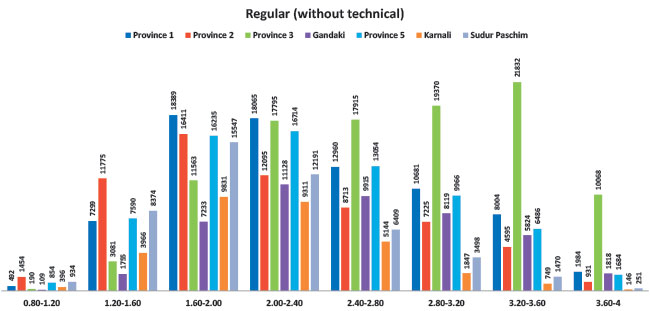
You May Like This
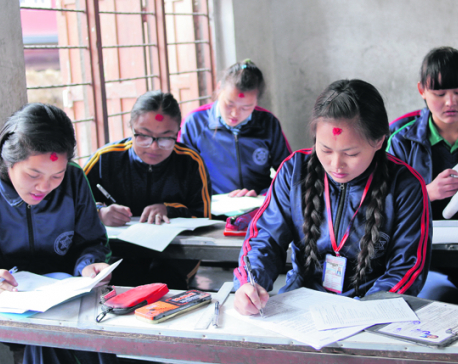
Community schools attain exemplary SEE results
KATHMANDU, June 29: Although private schools are found doing relatively well in the Secondary Education Examinations (SEE), many community schools... Read More...
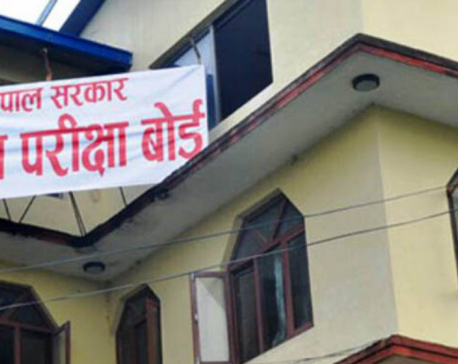
SEE results by mid-July; Rs 98.8 million spent on examining answer sheets
KATHMANDU, July 6: The results of the Secondary Education Examination (SEE) conducted by the National Examination Board (NEB) in April... Read More...
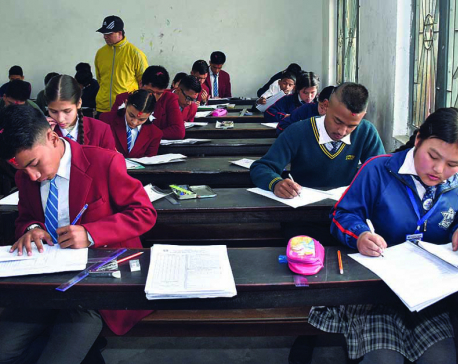
SEE results to be announced tomorrow
KATHMANDU, June 25: The Office of the Controller of Examinations, Sanothimi is preparing to announce the result of the Secondary... Read More...




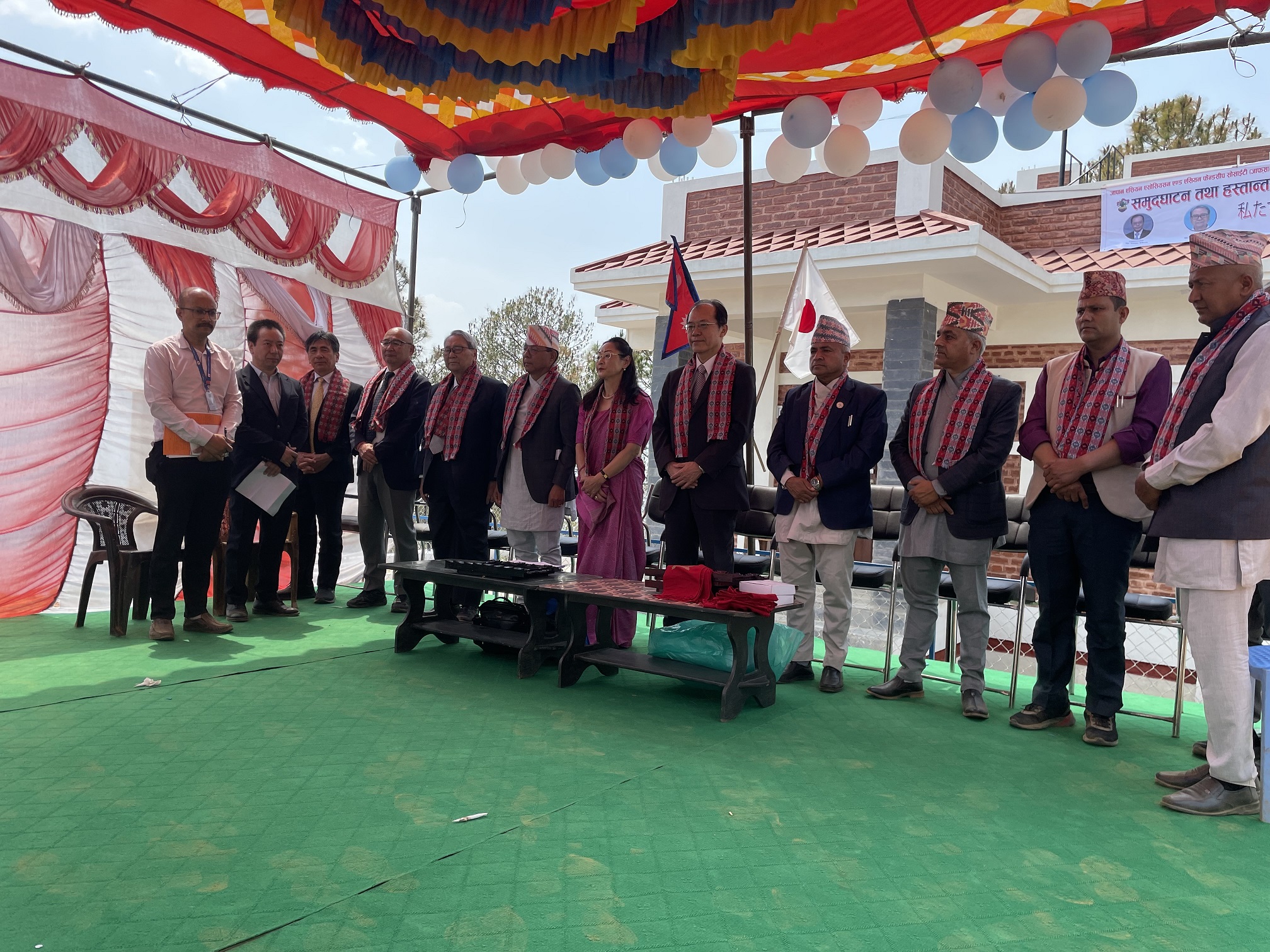
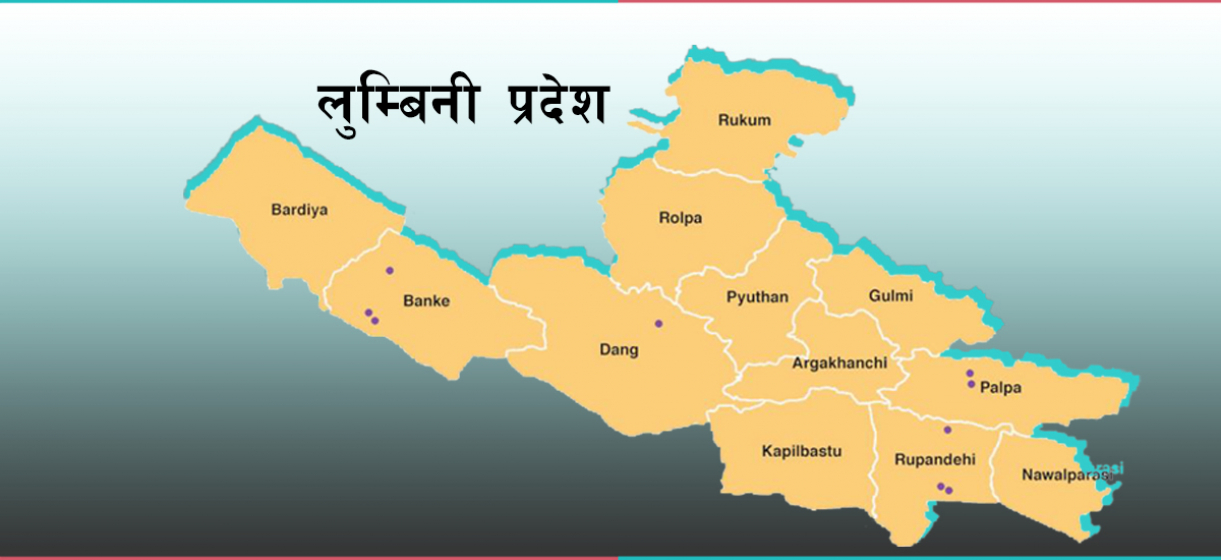
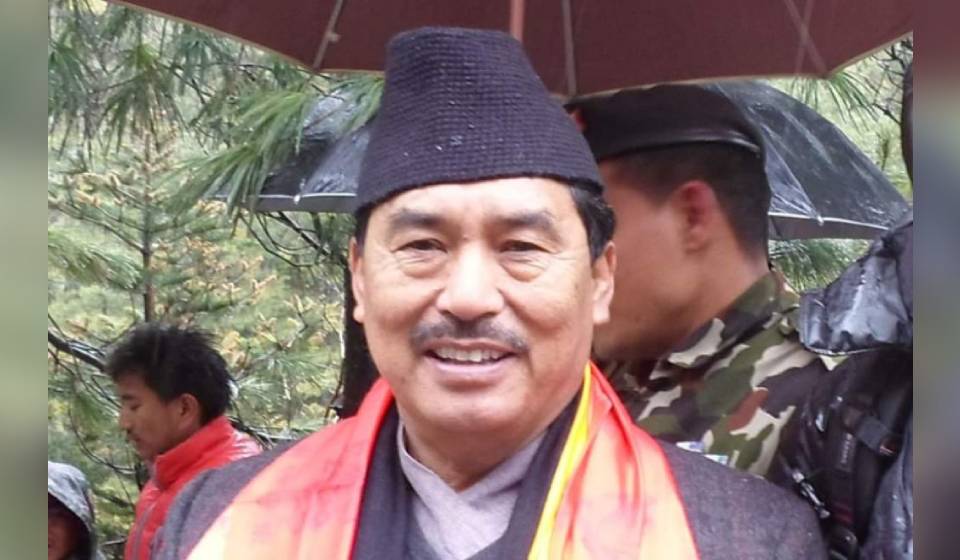


Just In
- Jhapa road mishap update: Three deceased identified
- Japan hands over Community Center for Disaster Prevention to Indrawati Rural Municipality
- Lumbini: Seven ministers gain portfolios
- NC lawmaker Gurung’s suspension lifted
- Homicide accused arrested after 17 years
- Karnali: Maoist Center’s Pariyar appointed as minister without portfolio
- Illam by-election: Nepal-India border to be 'sealed' from midnight today
- Gold price rises by Rs 500 per tola








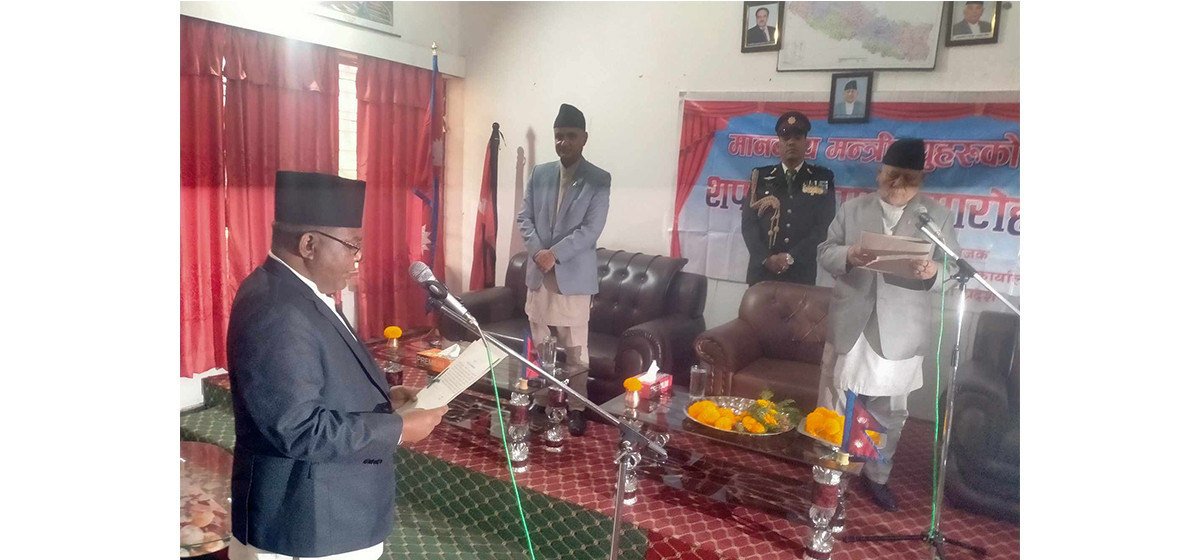

Leave A Comment